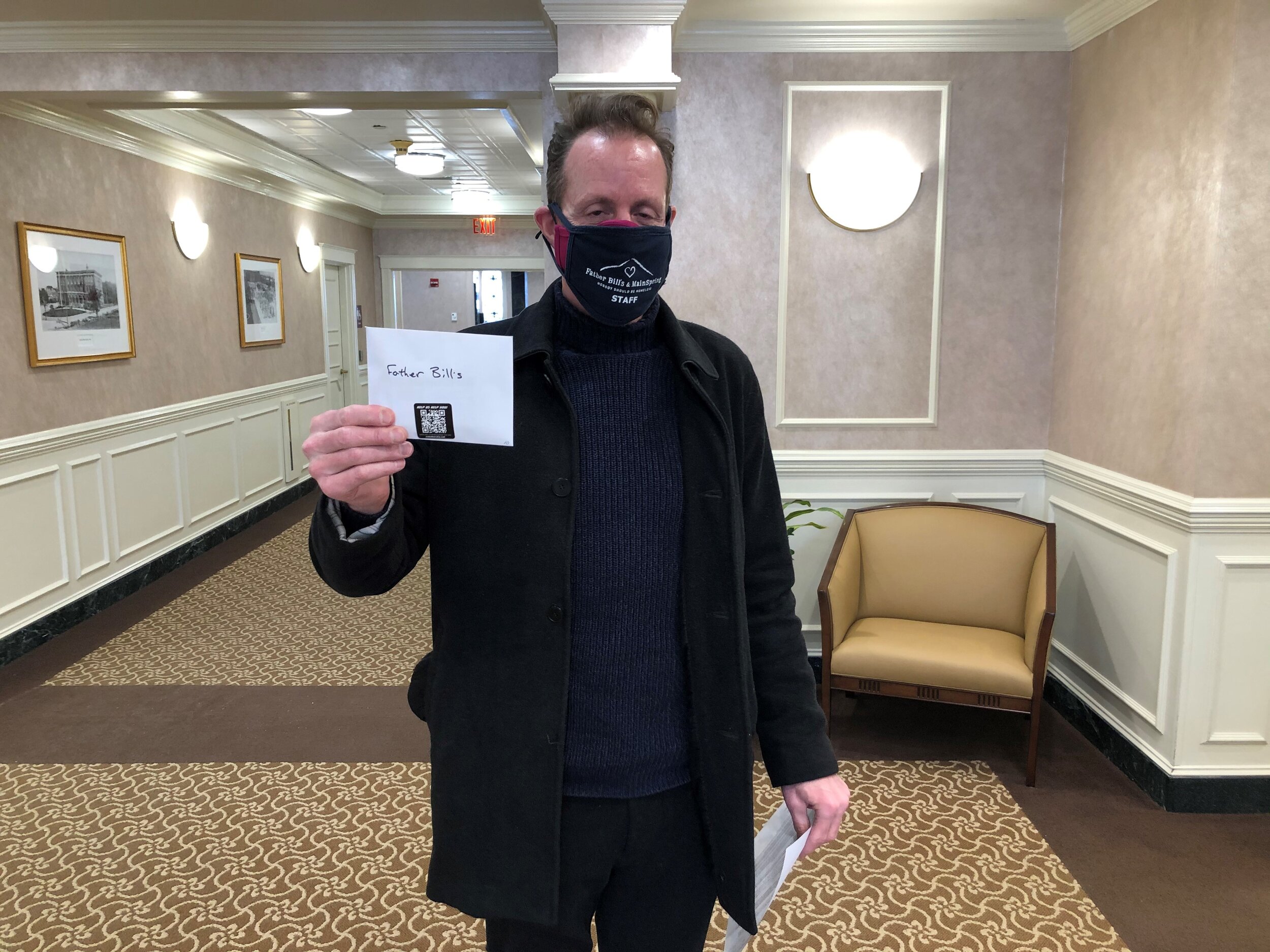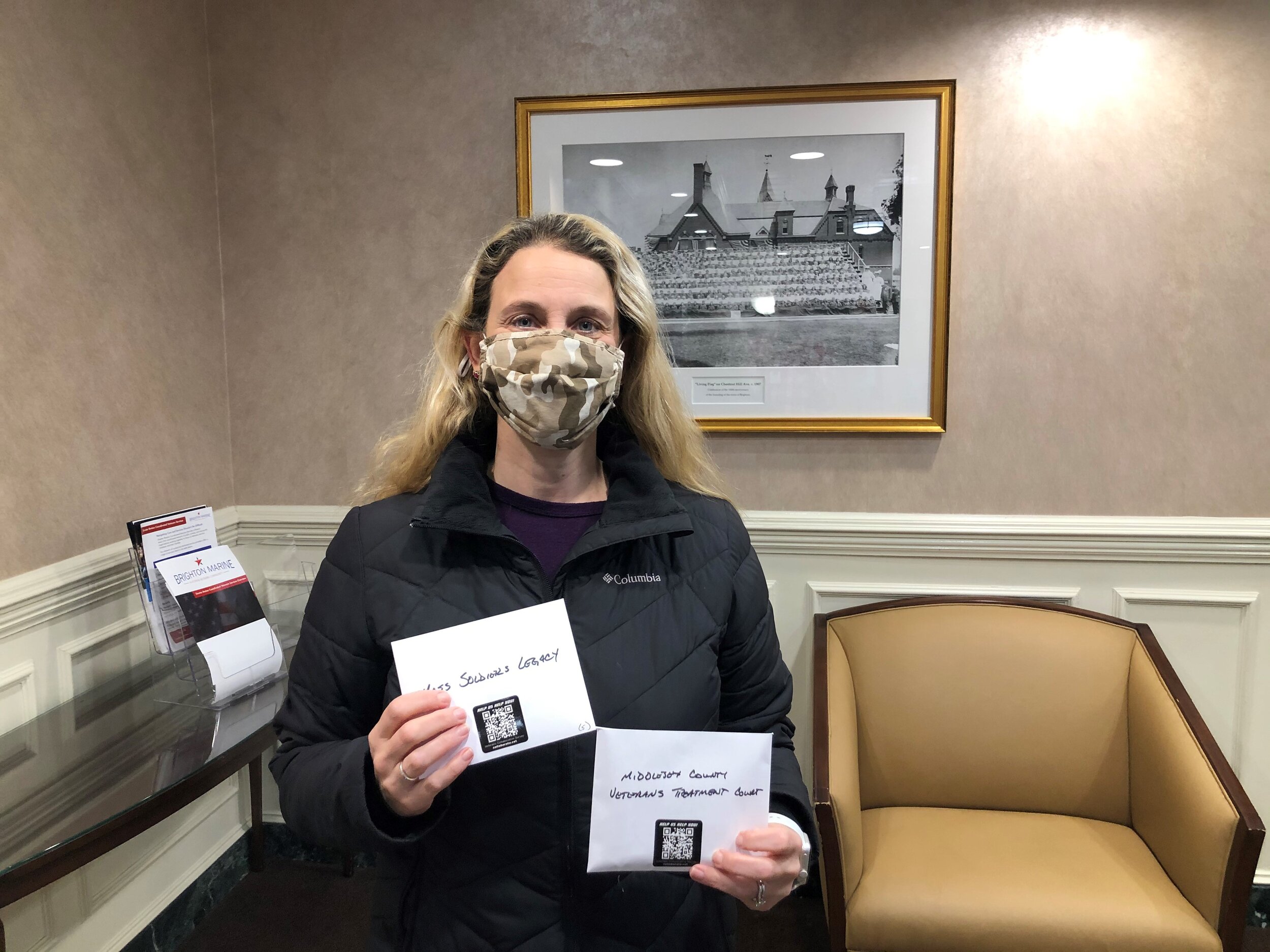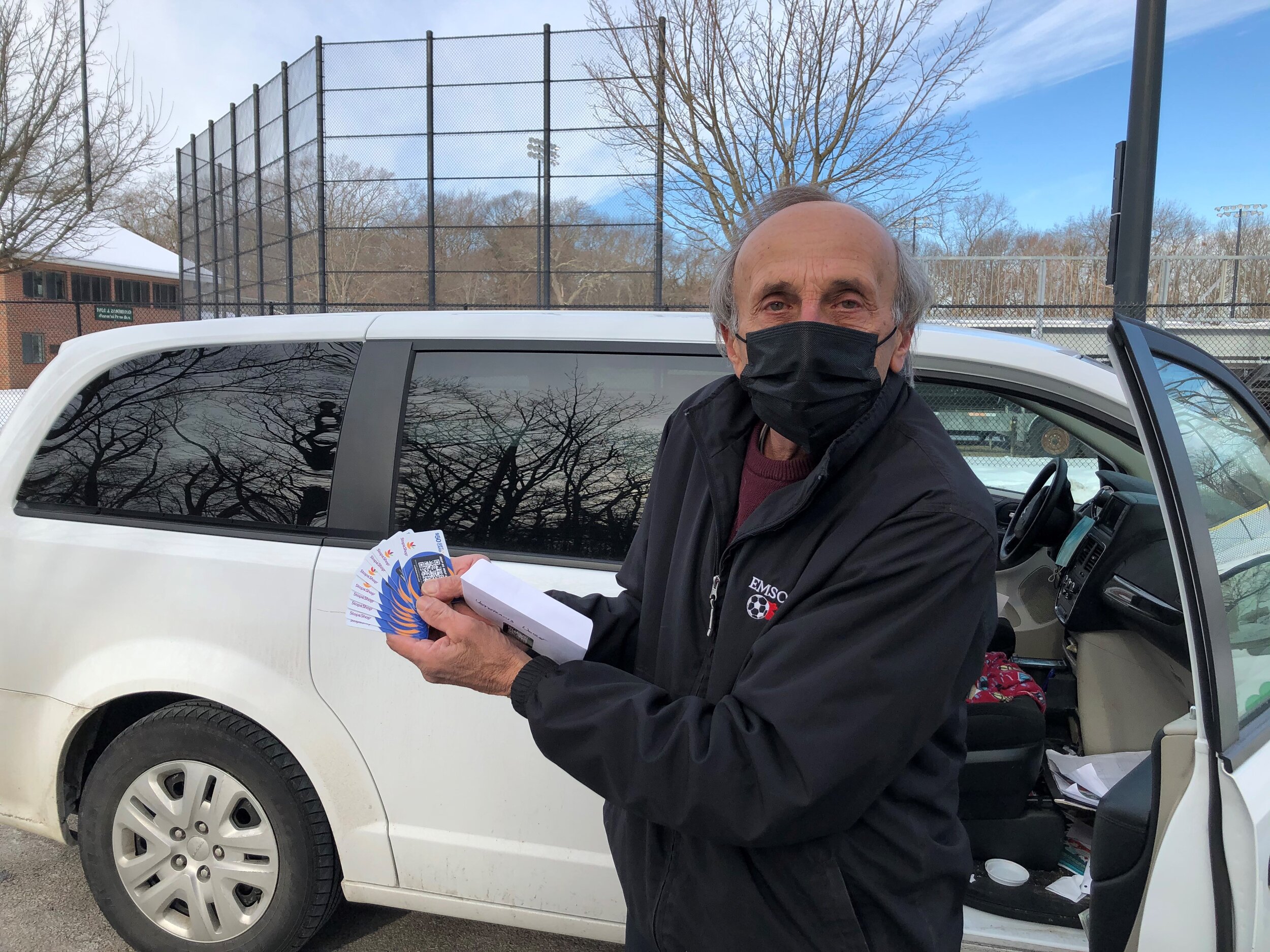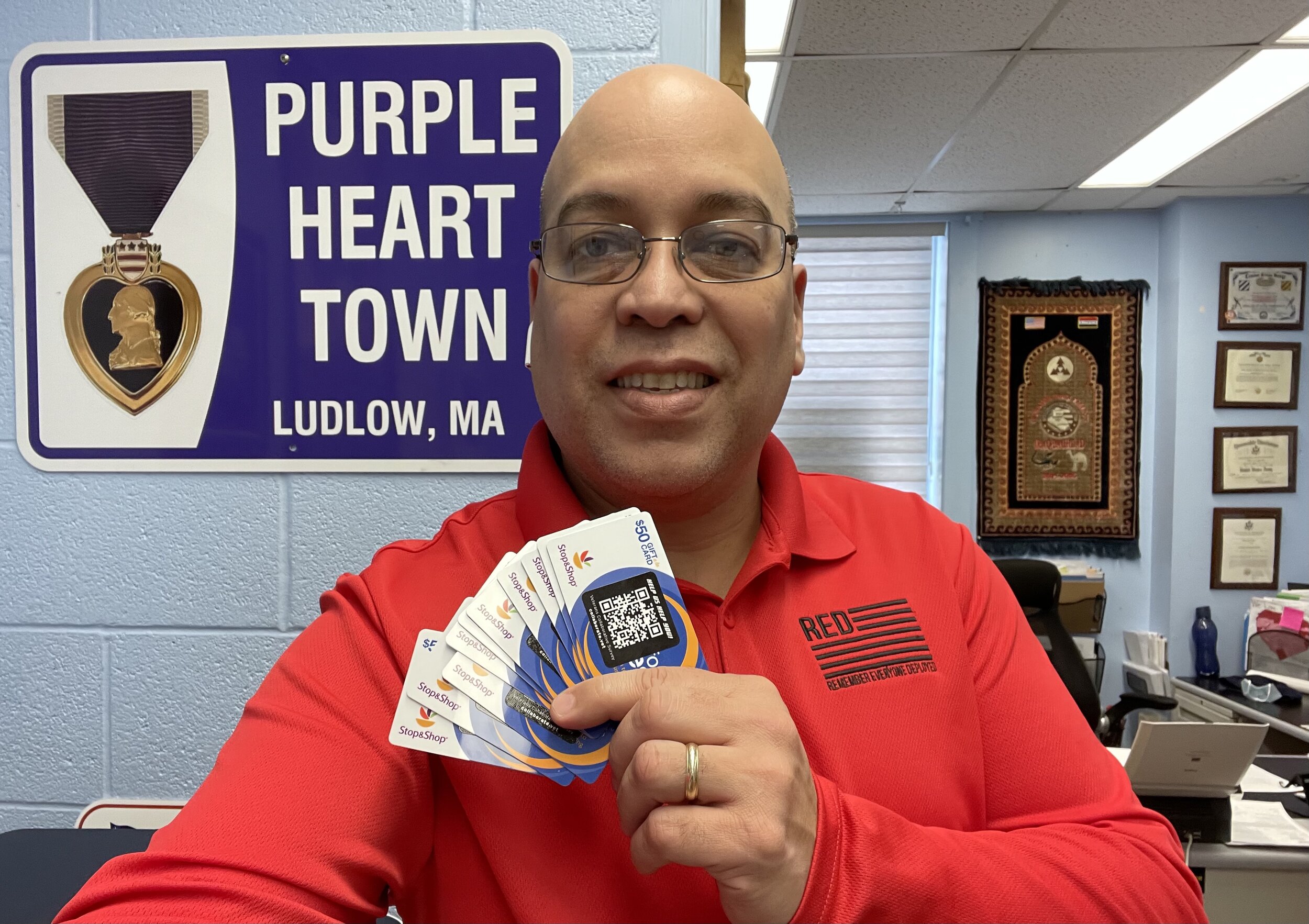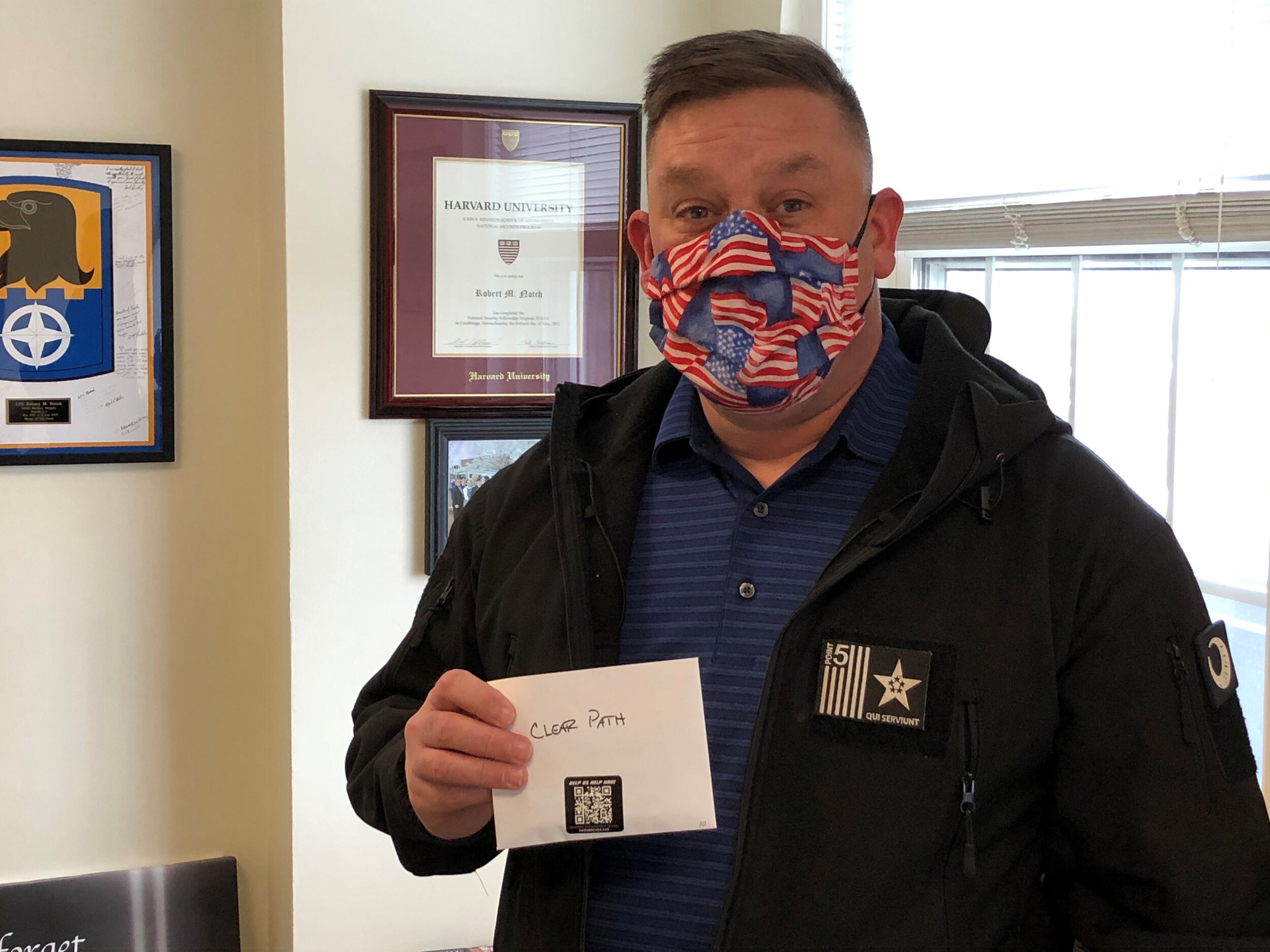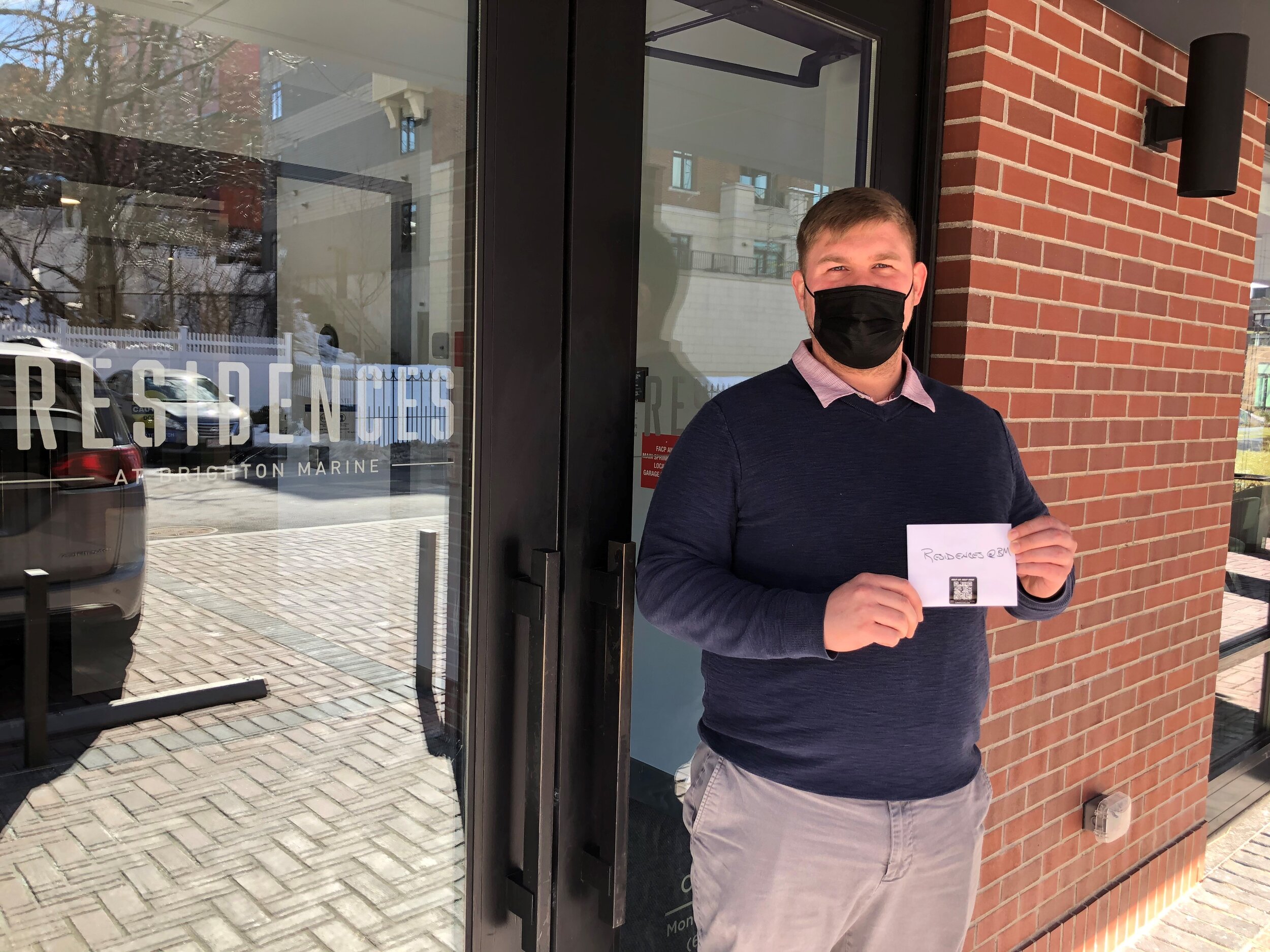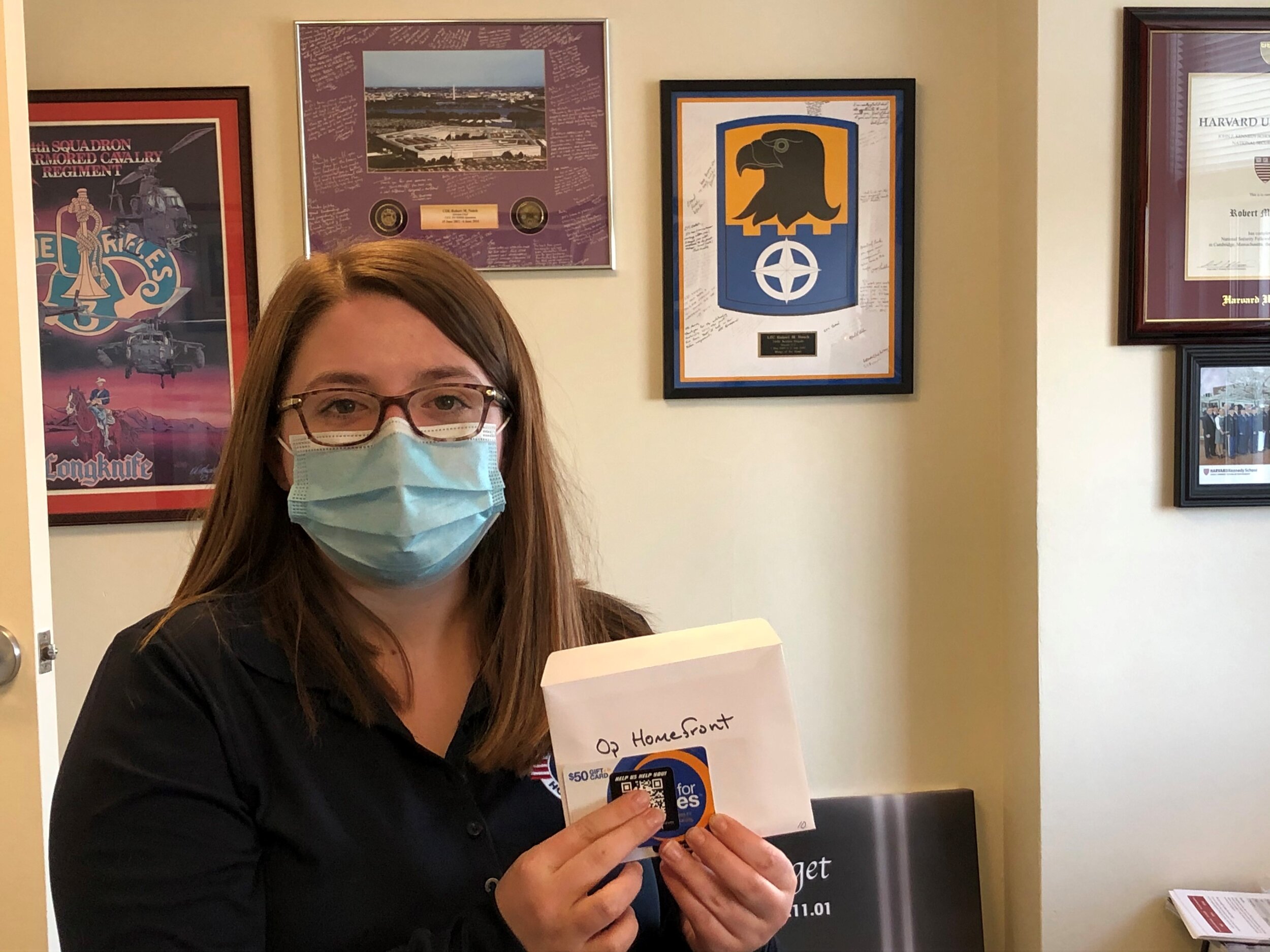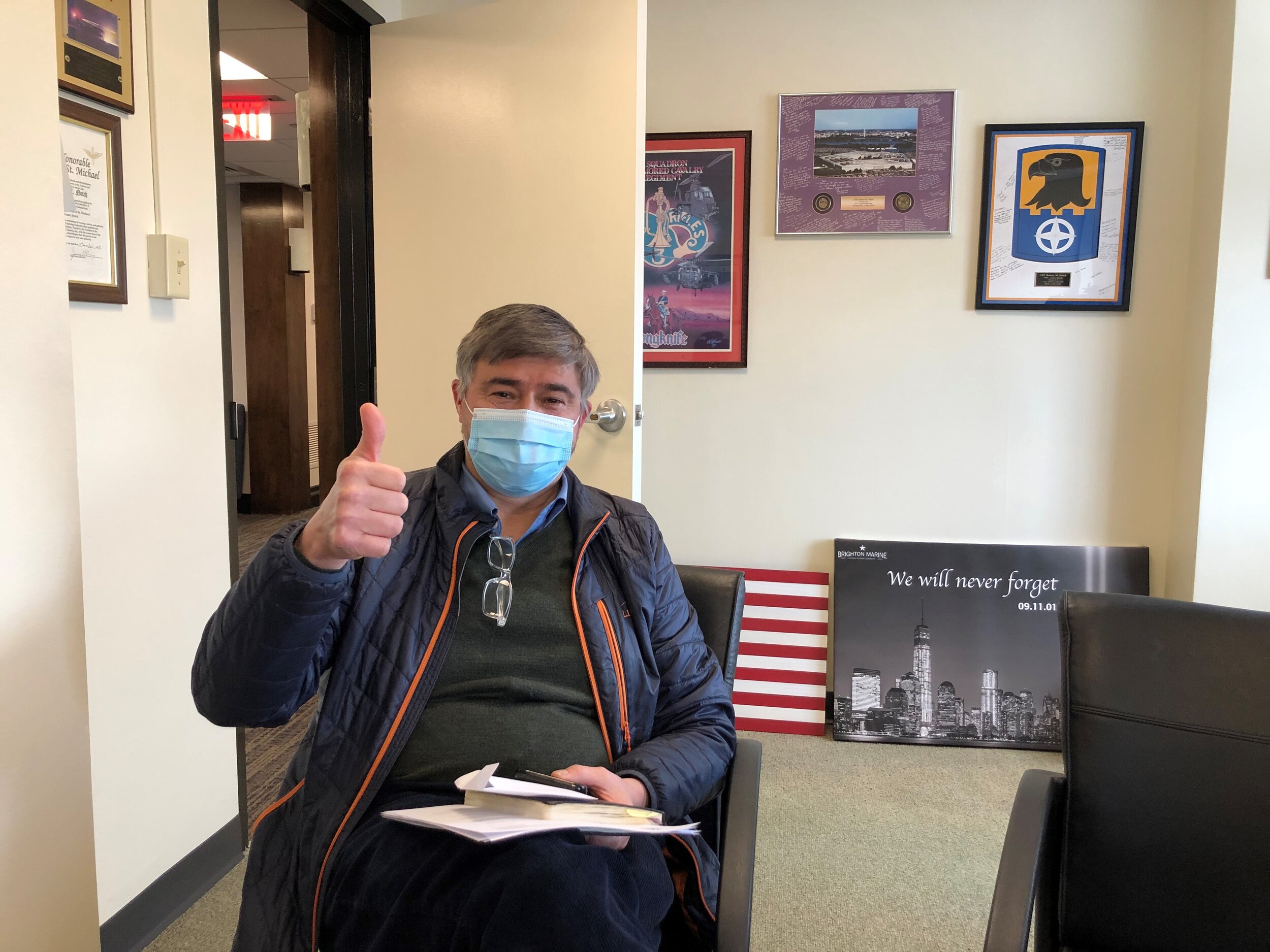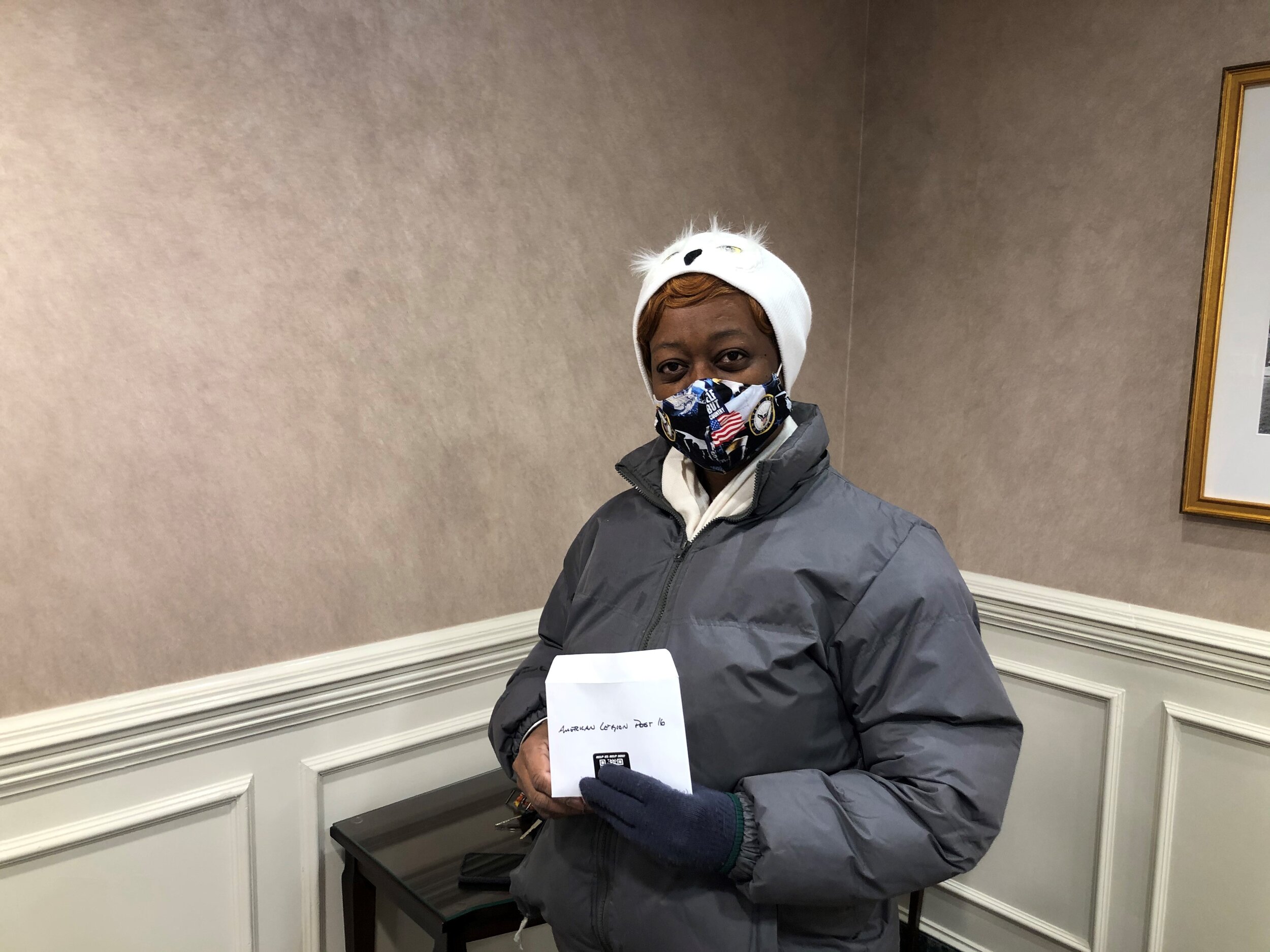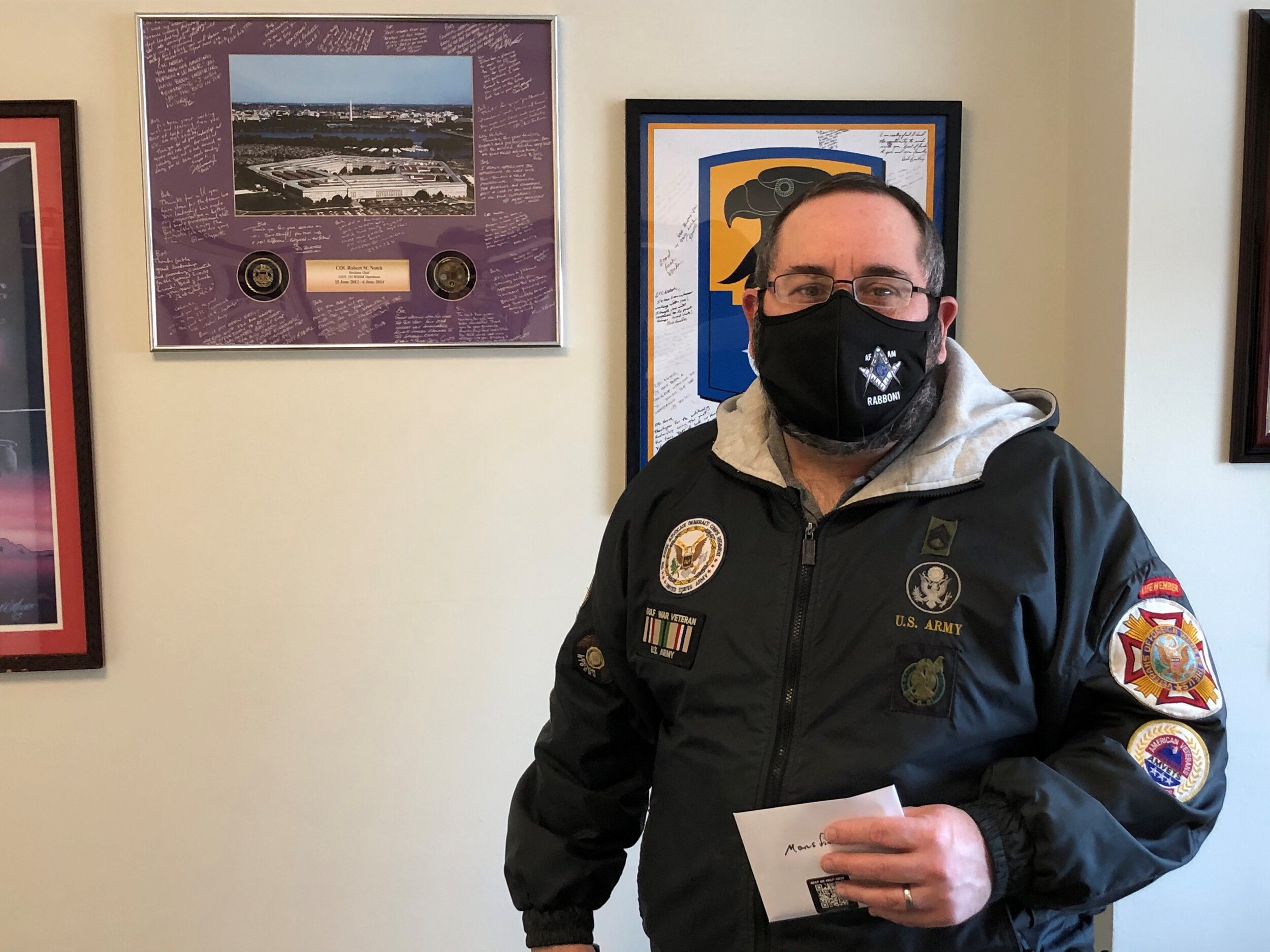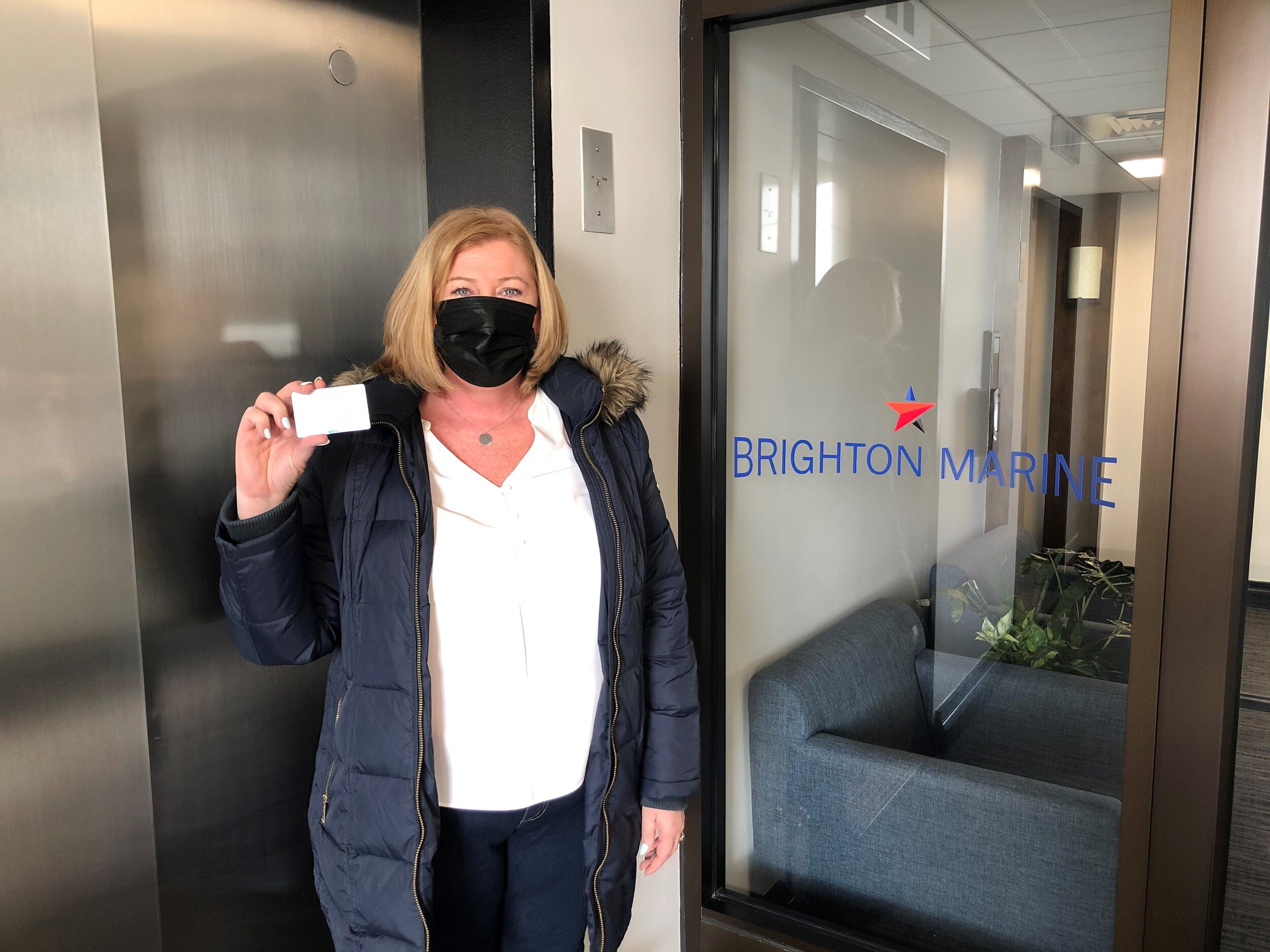Food Security Resource Network
This page includes upcoming events, food distributions & community meals, and information, resources, and directories of community resources; home delivered meal programs; grocery/meal options, along with learnings from food security summits and direct actions, and a shared food security resource tracker.
Food Security Resource Network
If you or someone you are assisting are trying to access SNAP, MLRI’s SNAP Advocacy Guide offers step-by-step information on DTA regulations and procedures, eligibility, applying, and appealing decisions. MLRI also maintains information on DTA SNAP & Cash Benefits.
Home Delivered Meal Programs
If you are over 65, disabled, require assistance with grocery shopping and/or preparing meals, are on Medicaid/Medicare, have a health insurance plan that offers a paid meal benefit, or meet other requirements, you might qualify to receive home delivered meals. Self-pay options are also available.
-
This program is available to residents of Massachusetts and Rhode Island.
Community Servings provides free home delivered meals to clients at a critical stage of a life-threatening illness. Weekly meals typically include 5 entrees, 4 salads, 4 soups, yogurt, fresh fruit, desserts, and a quart of milk. Meals are provided for the client and family members, including a caregiver (parent/spouse) and children under age 18.
Your doctor, nurse practitioner, or other healthcare professional needs to complete the certification form included with the application to determine your eligibility.
Self-Pay Program: Servings Direct is the self-pay version of Community Servings’ medically tailored meals program. Servings Direct meals meet specific medically determined dietary requirements.
Self-pay meal plans are $130 per week, including delivery, for 5 Dinner Entrees, 5 Lunch Soups, 5 two-ounce Homemade Rolls, 3 Yogurts, 2 Fruit Cups, 2 Servings of Hummus/Dip, and 3 Homemade Desserts.
-
Click here to find out how you or someone you care for may be eligible to receive meals at little or no cost.
Medicaid & Older American Act Recipients: Eligibility for meals varies.
Medicare Advantage: Many Medicare Advantage plans offer meals as part of their post-discharge or chronic care support programs.
Self-Pay Program: Those without an eligible health plan or who don’t qualify for government assistance, but still want the convenience of home-delivered meals for themselves or a loved one, this program offers nine health-condition menus with a variety of meal options at only $7.99/meal (with a 10% discount for veterans or for those who subscribe for deliveries).
-
Magnolia is a free meal delivery program that provides nutritious meals to people living with cancer and their families living within approximately 25 miles of Cambridge. There are no financial requirements to participate in the program, but to qualify people must:
be undergoing chemotherapy, radiation therapy (excluding radioactive iodine treatment), hormone or targeted therapy, including immunotherapy;
have had surgery, chemotherapy, radiation or targeted therapy in the last three months, including immunotherapy;
have been discharged from a cancer-related hospitalization in the last three months; or
be receiving adjuvant or neoadjuvant treatment (ie, add-on therapy before/after main therapy).
If you think someone meets the program criteria, please ensure they live within Hanscom AFB or the towns listed here:
Acton, Amesbury, Andover, Arlington, Bedford, Belmont, Billerica, Boston, Boxford, Brookline, Burlington, Cambridge, Chelmsford, Chelsea, Dracut, Everett, Georgetown, Groveland, Haverhill, Hyde Park, Lawrence, Lowell, Lynn, Malden, Marblehead, Medford, Merrimac, Methuen, Needham, Newbury, Newburyport, Newton, North Andover, North Attleboro, Saugus, Somerville, Tewksbury, Topsfield, Wakefield, Watertown, West Newbury, Westford, Winchester, and Woburn.
-
The N4L Medically Tailored Meal Program provides meals planned by a Registered Dietitian to meet the nutrient requirements of clients for general health and well-being and for 36 medical indications including, but not limited to: Chronic Kidney Disease, End Stage Renal Disease, and Congestive Heart Failure. Our meals are free from dairy, peanuts, gluten and pork.
Medicaid and Older American Act Recipients: N4L provides meals to beneficiaries under most Medicaid and Older American Act programs. If you have a Case Manager, they will be able to tell you if home delivered meals are part of your benefits. If you don’t know or don’t have an assigned Case Manager, contact your Medicaid provider or local Area Agency on Aging, who may be able to help.
Medicare Advantage Beneficiaries: A few Medicare Advantage plans offer meals as part of their post-discharge or chronic care support programs. Consult your plan materials or call the phone number on the back of your insurance card. N4L currently only participates in PPO plans, not HMO plans.
Self-Pay Individuals: N4L offers a self-pay program for those without an eligible health plan or who don’t qualify for government assistance but still want the convenience of home-delivered meals for themselves or a loved one. You choose every meal, every delivery. Affordable at only $7.75/meal with a flat rate shipping fee.
N4L also offers Medical Nutrition Therapy and Nutrition Counseling. To see if these services are a covered benefit please refer to your plan materials or call the phone number on the back of your insurance card. For ore information, contact ssanders@nutritionforlongevity.com.
Grocery & Meal Options
Visit Daily Table to find community grocery stores with a mission to provide nutritious, delicious food for 30% less than other supermarkets (or to shop online for local delivery where available).
Download the Too Good To Go app to connect with local restaurants and supermarkets for discount meals and surprise bags––save food that would otherwise be wasted while also saving money!
Full Cart is America’s Virtual Food Bank, a program of U.S. Hunger delivering boxes of food directly to your door. Individuals facing financial uncertainty or unable to find sufficient food can register for the waitlist.
Kindness is for everyone. No matter the reason for the need, your community wants to help. Let a neighbor deliver a home-cooked lasagna or main dish to your family one night. Click here to request a meal.
If you’re over age 55, homebound, or living with a disability and income under 80% AMI in Boston, Medford, Everett, Belmont, Newton, or Winchester, ABCD Food Delivery may be able to deliver you groceries.
Food is Medicine
Tuft’s Friedman School of Nutrition Science and Policy launched the Food is Medicine Institute in October 2023 to support the integration of food-based nutrition interventions into clinical care and electronic health records with reimbursement pathways to treat disease and advance equity.
According to the Institute, 85 percent of healthcare spending relates to diet-related chronic disease management. Adults with serious medical conditions who received 10 medically-tailored meals/week for an average of nine months per year were significantly less likely to be admitted to hospitals and skilled nursing facilities with a 16% cost reduction. The Food is Medicine Institute recommends:
Congress approve pilot programs to provide medically-tailored meals and produce prescriptions through Medicaid, Medicare, VA, DoD, and the Indian Health Service; and
States apply for Section 1115 waivers to allow Medicaid programs to test and scale food-based interventions.
Food Security in the Veteran Community
The U.S. Department of Agriculture defines food security in a household as “access by all people at all times to enough food for an active, healthy life.” People experiencing food insecurity can’t acquire enough food at all times because they lack money or other resources.
In September 2023, RAND released Food Insecurity Among Veterans examining the discrepancy between veteran food insecurity and use of SNAP. The report demonstrated that around:
70 percent of veterans over age 70 who were experiencing food insecurity were not enrolled in SNAP, compared to 60 percent of non-veteran peers; and
55 percent of veterans with disabilities experiencing food insecurity were not enrolled in SNAP, compared to 45 percent of non-veteran peers.
Between 2016–2018, there were around 21,000 veterans receiving SNAP benefits in Massachusetts (7 percent). In 2019, Massachusetts has the highest average per meal cost in the nation at $3.63. The food insecurity rate in Massachusetts was 8.4 percent; with one in nine residents relying on SNAP, averaging $1.36 per person per meal.
The 2019 Military Family Advisory Network Survey found nearly 13 percent of active duty, Guard, and Reserve family respondents were food insecure. Nearly one in four households with children in school indicated that their children received free or reduced meals at school.
And, while SNAP is a powerful safety net reaching the vast majority of eligible households overall in Massachusetts, Feeding America estimated that one in three households facing food insecurity were above the income eligibility thresholds for SNAP and other nutrition assistance programs.
In partnership with Craig Newmark Philanthropies, the Bob Woodruff Foundation (BWF) hosted Leaders Eat Last: A Bob Woodruff Foundation Panel Series on Food Insecurity offering a helpful primer for those interested in exploring the complex and growing problem of food insecurity in the military and veteran community as part of the broader effort to fund food initiatives.
Food Security Summits & Direct Action
-
In October 2019, the Veterans Legal Clinic at Harvard Law School’s Legal Services Center hosted the Veteran’s Collaboratives last legal summit, where we heard from the Department of Transitional Assistance (DTA) and the Massachusetts Law Reform Institute (MLRI) about DTA’s effort to reduce food insecurity with Massachusetts DVS by getting more eligible veterans into SNAP.
Veterans’ agents noted a burden administering Chapter 115 for those who need SNAP benefits. Rather than sending a check to the beneficiary, they had to issue vendor payments directly to landlords and utility companies to prevent it from being counted as income for the purpose of SNAP eligibility, arrangements beneficiaries may experience as stigmatizing or disempowering.
-
In January 2022, we hosted a virtual food security community summit at the midway point of our direct action campaign focused on highlighting the ongoing efforts to fight food insecurity in Massachusetts and to learn about available resources. Participants heard from various speakers and panelists, including:
Michelle Doubet, Coordinator of Local Partnerships for the Bob Woodruff Foundation
Mary Loghlin, SNAP Outreach Coordinator for the Massachusetts DTA
Joyce MacDonald, Assistant Director of Development for the Greater Boston Food Bank
Don Cox, President & CEO of the Massachusetts Military Support Foundation on Food4Vets
Bill Moore, President & CEO of Project New Hope on Sully's Food Pantry
Bruce Buckley, CEO of SoldierOn on prepared meal offerings
Bryan Bishop of Boston Veterans Services on safety net benefits
In October 2020, Feeding America estimated Massachusetts would experience the largest increases in food insecurity (59 percent) due to Covid-19, particularly among children (102%). The Greater Boston Food Bank estimated that 1 in 8 people and 1 in 5 children had food insecurity in Massachusetts, with a sharp increase in Eastern Massachusetts (with the highest average meal cost).
No one should have to choose between going hungry and paying rent. When the pandemic drove up the price of groceries and unemployment rates, many military and veteran households in Massachusetts were already struggling to get by. The Veterans Collaborative responded by increasing access to targeted cash assistance between January 2021 and January 2023.
With grants totaling $65,000 from the Bob Woodruff Foundation and other organizations and donors, we purchased $50 grocery gift cards and more than 55 organizations joined the fight for food security by distributing them to the households of more than 2,785 service members, veterans, dependents, and survivors throughout the height of the pandemic. Click here to learn more.
Click here to explore the census data for the cities and towns where gift cards were distributed on Census Reporter.












